News
Netflix’s Alice in Borderland Ends with a Bang: Fans Finally Get Answers About Shared Dreams!
Is the Season 2 finale of Alice in Borderland (Netflix) realistic?
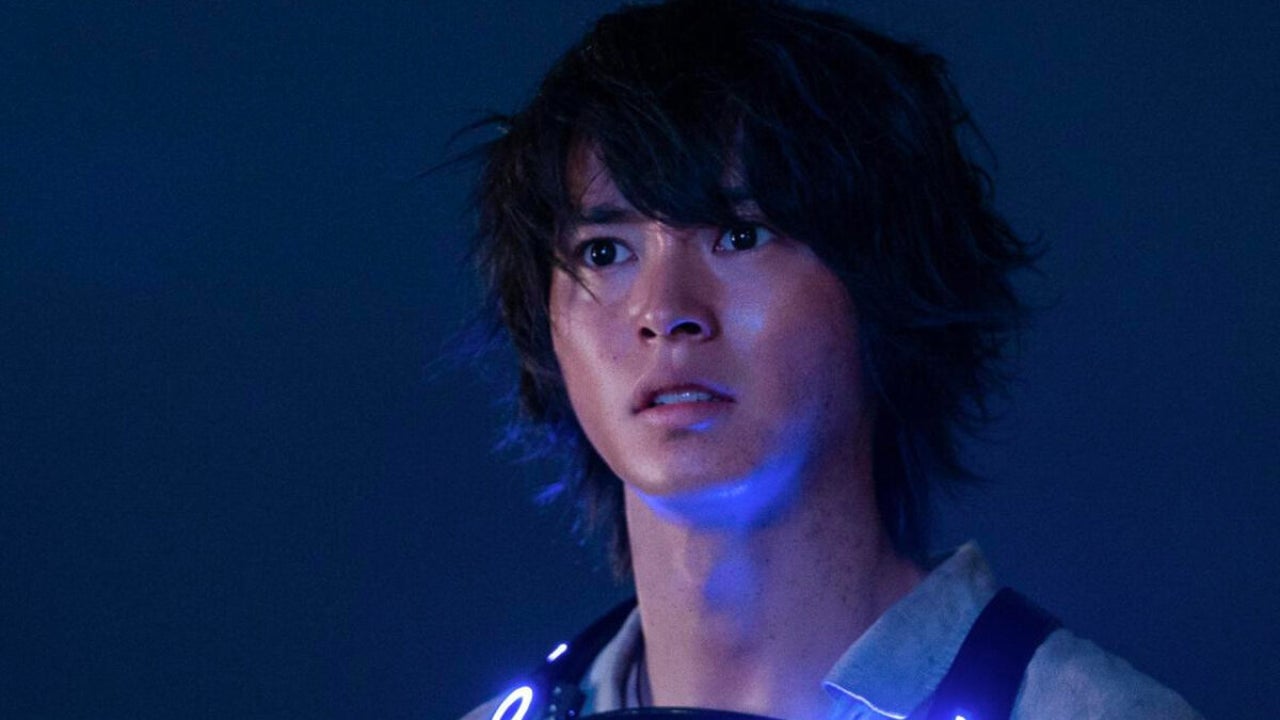
- February 20, 2023
- Updated: March 7, 2024 at 4:10 PM

Despite the scientific and technological advances that are made year after year, the nature of dreams still largely eludes our scientific understanding. Alice in Borderland, the Japanese Netflix series starring Kento Yamazaki, has opened up a debate that is always raging and never quite has a concrete answer: can two or more people experience the same dream independently?
In the Season 2 finale of Alice in Borderland (spoiler alert), Arisu and the rest of the survivors of the deadly Battle Royale games they face in the dystopian Tokyo of the series realize that nothing they have done in fiction has actually happened. Instead, a meteorite crashed into the Shibuya district where they all were, and many of those who survived fell into a coma.
At the end it is explained that all the players were citizens who had fallen into a coma, and were in a limbo between life and death. When someone died in one of the games, they had not overcome the coma and died in reality. And if someone survived to the end, they had overcome the coma and came back to life.
The conclusion of Alice in Borderland is left open to a new card that no one expected, The Joker, but in the meantime it has opened the question for all fans: is it really possible for something similar to happen in real life?

What are shared dreams?
As they explain in a thoughtful article on the subject in Inverse, the closest real-world analog we have to what the characters in the series go through is a phenomenon called shared or mutual dreams. Although highly unlikely and rare, they are not scientifically implausible, and there are cases in which they have been experienced.
Dreams have been a subject of interest to mankind for millennia. People would go to temples in ancient Greece to receive guidance about dreams or try to cultivate specific dreams with the help of the gods, a kind of spiritual “dream incubation”. In the Western world, dream analysis really took off with Freud, who believed that dreams were a way to explore our unfulfilled desires in wakefulness.
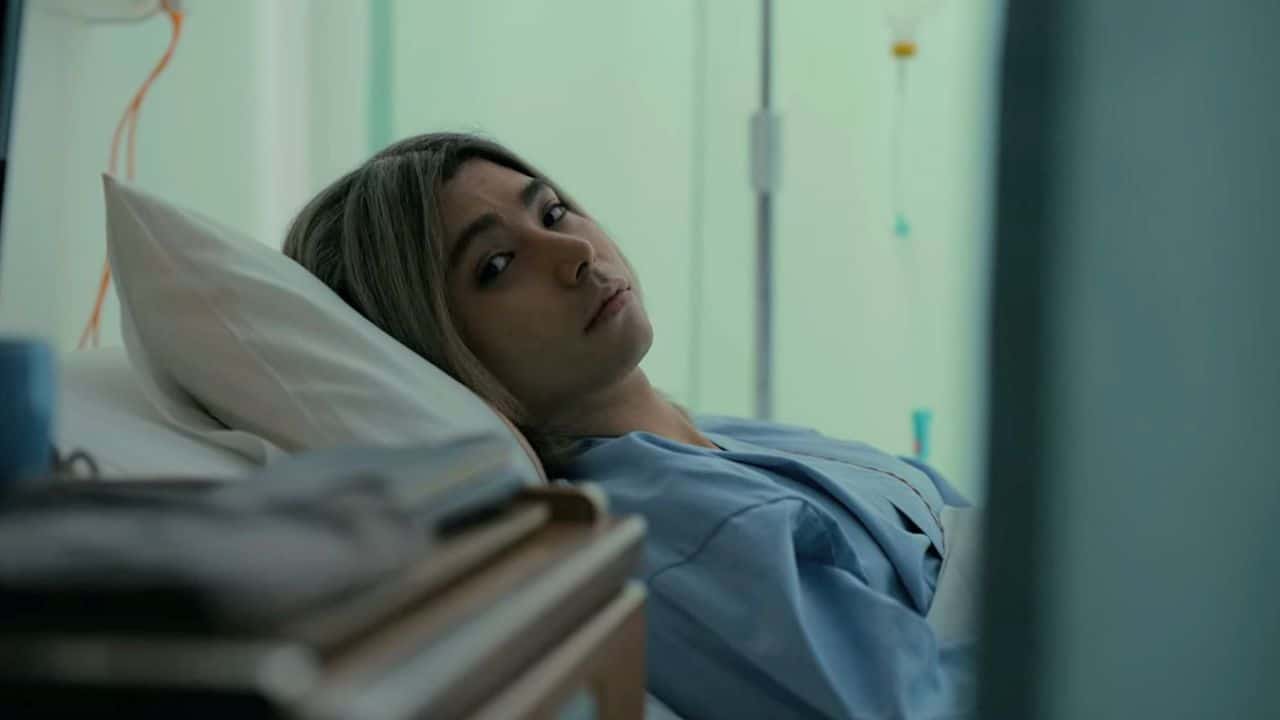
Psychologists have been studying the subject for decades, but neuroscientific research on dreams has been slower to catch up and has only progressed in the last ten years. Most dreams occur during rapid eye movement (REM) sleep, a time of significant brain activity.
We usually forget dreams after they happen, something that is due to our brain design: our brains don’t want our dreams cluttering our waking minds. For that reason, it is useful to be able to study our brains while we are asleep, rather than just relying on dream diaries written after a person wakes up.
But if we forget our dreams, what evolutionary purpose do they serve? There are multiple theories, but two schools of thought tend to dominate dream science. The first claims that dreams are basically a way for the brain to activate the visual part of the mind while we sleep, since our eyes are closed and send no information to the brain, and ensure that we can still see when we wake up. The second argues that dreams are a default mode of virtual reality, something that could come to explain shared dreams.
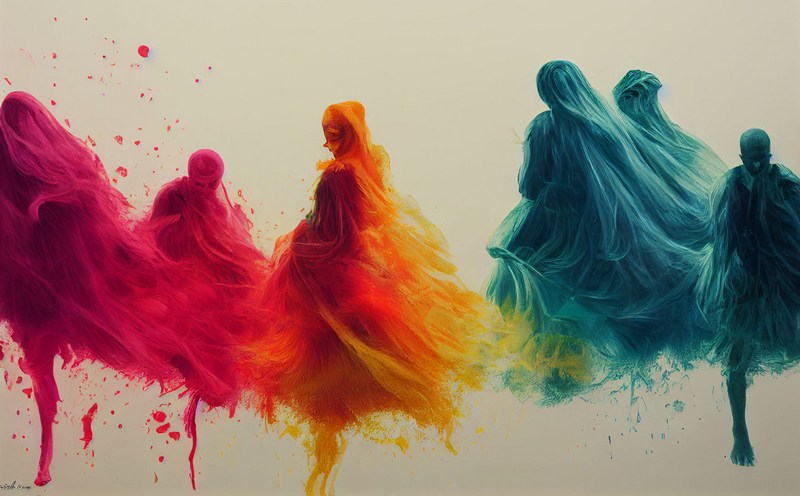
If our brain creates a virtual reality in which to test itself in different situations, then it is possible that multiple brains can tune into the same virtual reality. So explains Moran Cerf , professor of neuroscience at Northwestern University:
“There are different parts of your brain trying to create this dreamlike experience. Your emotions, your memory, your ability to construct stories, everything is trying to contribute to this and not necessarily all parts are working in the same direction.”
But how is it possible for two or more brains to tune into the same virtual reality? This is where the science becomes more speculative.
One theory is that shared real-life experience could cause brains to become attuned in a similar virtual reality. Cerf says neuroscience studies have shown that the brains of people who know each other well can synchronize while performing a task together, so it would be an extrapolation of this fact.
Another more futuristic theory says that technology could allow brains to synchronize more directly. Connecting brains to machines is already a reality, as researchers can use electrodes to read and sometimes send signals to the brain. Cerf says one idea being explored in his lab is whether two people can be connected in such a way that one brain can read the other brain’s intentions and respond to them. If that’s possible, then the idea of mutual dreams begins to seem a little less fantastic.
But even so, shared dreams are very rare. It is possible that two people who are experiencing the same situation in real life could dream of something similar, but it would be extremely difficult, if not impossible, for two brains to synchronize perfectly in the same virtual reality.
Cultural journalist specialized in film, series, comics, video games, and everything your parents tried to keep you away from during your childhood. Also an aspiring film director, screenwriter, and professional troublemaker.
Latest from Juan Carlos Saloz
- Why you should read this incredible science fiction comic before Netflix releases its series
- Is it worth replaying Until Dawn? The movie brings the quintessential slasher video game back into fashion
- The best thing Star Wars has done in years has returned: why Andor is the way forward for the franchise
- The revolution of 2D animation arrives thanks to Adobe's AI
You may also like

Exodus, the Mass Effect of Wizards of the Coast, will expand beyond the video game
Read more

The new PlayStation 5 update adds a perfect accessibility feature for competitive gaming
Read more

Apple's AI smart glasses are in development and their launch is expected in 2027
Read more

The RTX 5070 Ti outperforms the Mac Studio in creative tasks
Read more
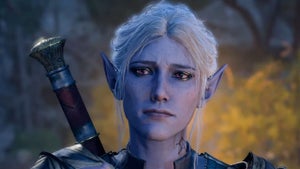
Larian comments on what the main aspect they are focusing on in their next game after Baldur's Gate 3 is
Read more
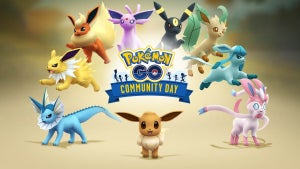
A player in Pokémon GO accumulates millions of experience points because of a particular Pokémon
Read more